Racist comments provide platform for necessary change
February 12, 2022
Student perspective on Wayland-Westford verbal abuse incident.
“What did they say?”
“What’s going on?”
“Is she crying?”
“Are they laughing?”
I was at the home game on Friday, Jan. 28, when racial, sexist slurs and insults from the Westford Academy stands were hurled at a Black Wayland girls’ basketball player. Standing slightly away from the large crowd of WA students, although I could not hear many of the specific comments made, I watched first-hand the effects of those remarks on our guests as well as the herd mentality present amongst a number of our student spectators.
Needless to say, I left the game on Friday confused, hurt, and angry.
Not until Monday night, when news outlets began circulating the events of the game and a statement was issued by administration, did I feel that this situation would be thoroughly looked into. Why did communication begin only after the news outlets made the information public?
I understand that perhaps at the game, with the commotion and shock of it all, the most reasonable call of action was the disciplinary lecture to the possible perpetrators in the stands. However, while this reaction was excusable, at best, I am extremely disappointed by the lack of a WPS statement over that weekend. A short email to parents, staff, and students condemning the suspected taunts and supporting laughter in the stands would have shown WPS’s commitment to calling out this inexcusable behavior. Even if administration didn’t yet have confirmation of the remarks made, the crying Wayland player, distraught mother, and enraged coach all clearly provide evidence that something disgusting was said in the stands. Not to mention, WA administration members were at the game and would have had certifiable anecdotes for a district-wide statement. After all, it is up to our adult leaders to set an example for their students when it comes to acting on injustice.
That being said, administration did handle the investigation appropriately after news of the events started circulating, although I wish the statements and announcements were more emotionally-charged from the get-go to further display community disappointment and the severity of the situation. The tone of preliminary WPS announcements lacked a sense of compassion; more emotional language would have further expressed how truly disgusted administration is with the behaviors of its students. The idea that we’ve not only failed as a district, but we’ve inflicted pain upon others was not thoroughly conveyed, and I think that if it were communicated, it would help in dismantling the figurative bubble that Westford students live in, in which our actions don’t have larger effects.
I appreciate the open communication between administration, students, parents, and faculty last week; the emails sent out by WA Principal Jim Antonelli and WPS Superintendent Dr. Christopher Chew were comforting, as they indicated the genuine growth the district hopes to undergo after this incident.
In situations like these, making consequences apparent is key to showing the community how deeply a district cares about correcting its wrongs. To put it blatantly, it’s disheartening that athletes who enjoy the support of their peers may have “suffered” from the Tuesday and Wednesday suspensions of spectators at sports games. However, the decision was a notable preliminary measure, in terms of allowing for a smooth investigation and showing that punishments will be served. Moreover, I am disappointed that the consequences issued to the student(s) involved won’t be shared with the community. As a district, we are left wondering, does the punishment align with the gravity of the situation?
And even if the students who explicitly made the shameful comments receive appropriate ramifications, what happens to the students who laughed along with them? What happens to the students who defended the wrongdoers and justified the statements? What happens to the students who made disrespectful comments who were not heard by Wayland?
This situation gets into the problem of the herd mentality in which students feel the support of a group, giving them the confidence to voice their internalized thoughts, and stick by one another despite their mistakes and values. I heard fat-shaming from multiple directions around me and had to explain the wrongness to another student of comments like, “she isn’t even Black.” With this mentality in mind, the problem is systemic and district-wide, even if only a handful of students are held accountable.
I watched POC (people of color) direct micro-aggressions towards this female athlete; where is the empathy?
I watched as male students targeted a female, the power dynamic clearly presented as the boys jeered together in the stands. Living in a bubble can affect our self-awareness; students, especially in Westford, must understand their privilege and power—financially, educationally, and racially.
Further, as this issue is systemic, it boils down to our education on diversity from K-12, as well as having representation within our student bodies, teachers, and administration. Our administration is predominantly white, we only have a few teachers of color, and the majority of our students are either white or South Asian. I appreciate the conversations on race that have significantly increased within our town and how recent professional development has focused on DEI, but to be an anti-racist district, according to author Ibram X. Kendi, we must actively and openly fight racism, instead of just discussing it. I suggest that all administration and staff be required to read Kendi’s book How to Be an Antiracist. I don’t expect teachers to be actively going to protests, but we do need to move the dial on the anti-racist spectrum; all teachers should be condemning the Wayland-Westford situation in their classrooms.
There is a reason that our image has been tarnished. This isn’t a first-time experience, given the alleged N-word incident this past fall in which a WA player was rumored to have used the slur towards a Newton South player. These situations define us; we can’t heal our external appearance without redefining our district internally.
Actively being an anti-racist district means issuing transparent, stricter punishments; we need to show our community that we truly don’t take these situations lightly, no matter who the perpetrators are. Actively being an anti-racist district means issuing statements on situations like these as soon as possible, even if not brought up outside of Westford. Actively being an anti-racist district means understanding the importance of giving attention and a platform to POC students. Actively being an anti-racist district means holding diversity as a key factor in the WPS hiring process; people who can better empathize and connect with all of our students to provide a sense of safety and comfort for those with minimal representation. Actively being an anti-racist district means incorporating diversity into the curriculum, from ethnic names in math problems to books other than The Adventures of Huckleberry Finn and To Kill a Mockingbird; books on POC experiences and anti-racist behaviors should be provided to students from K-12. Actively being an anti-racist district means understanding the effects of “small” mistakes such as mispronouncing ethnic student names.
I don’t have the ultimate answer; I’m just a frustrated student who has been let down by her community and knows that change needs to happen. Yet, all this is secondary to helping Wayland heal. We’ve forever left a mark on another community, and it’s sad to say that the mark is ugly. While it’s important to highlight DEI initiatives in the next coming weeks, it’s also imperative that we acknowledge the harm done to others. It is, with this unforgivable damage, that our community may hopefully see long-term change.



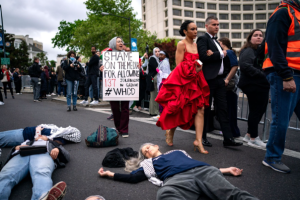

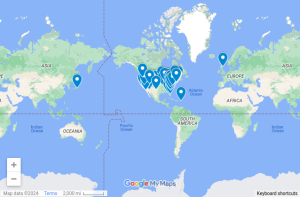



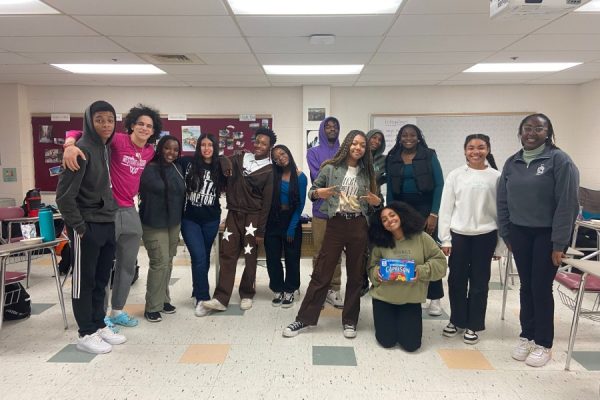

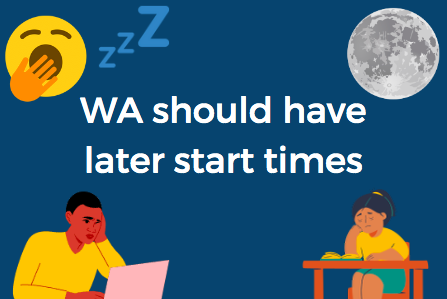
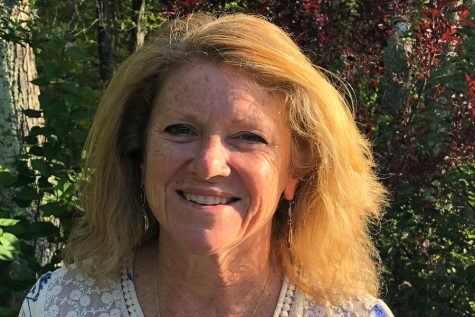


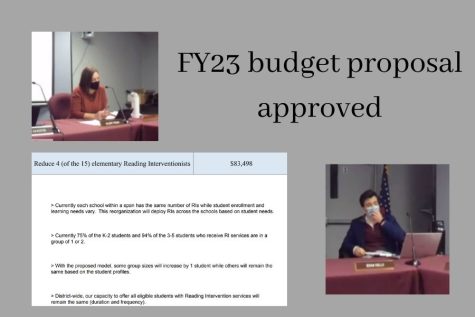
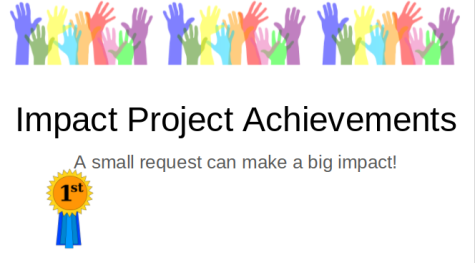
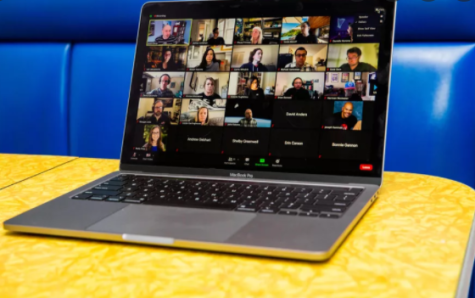
Geniece McColgan • Feb 15, 2022 at 10:24 pm
Amazing article! You did such a great job highlighting the real issues and holding the correct people accountable.
Vivian Vitale • Feb 15, 2022 at 6:58 am
Thank you. You said it all and you said itvwell!